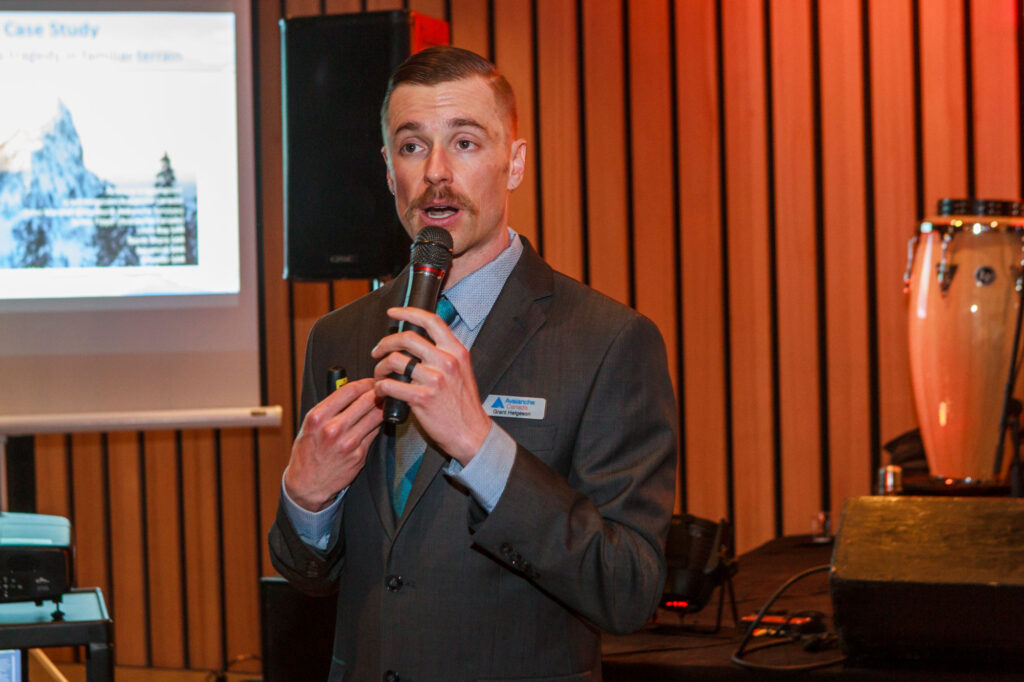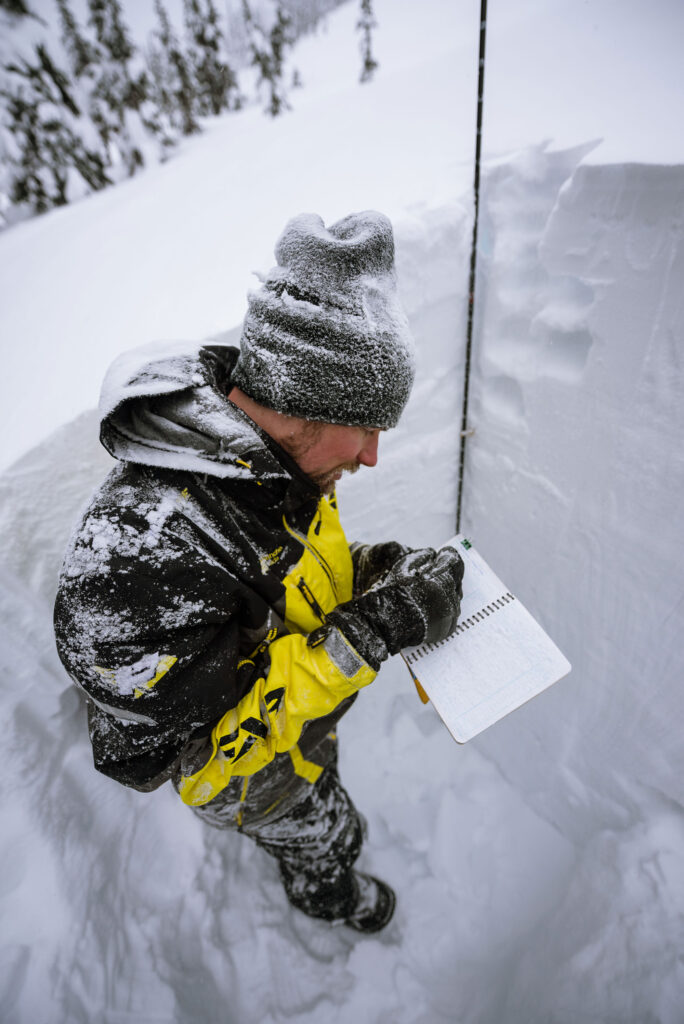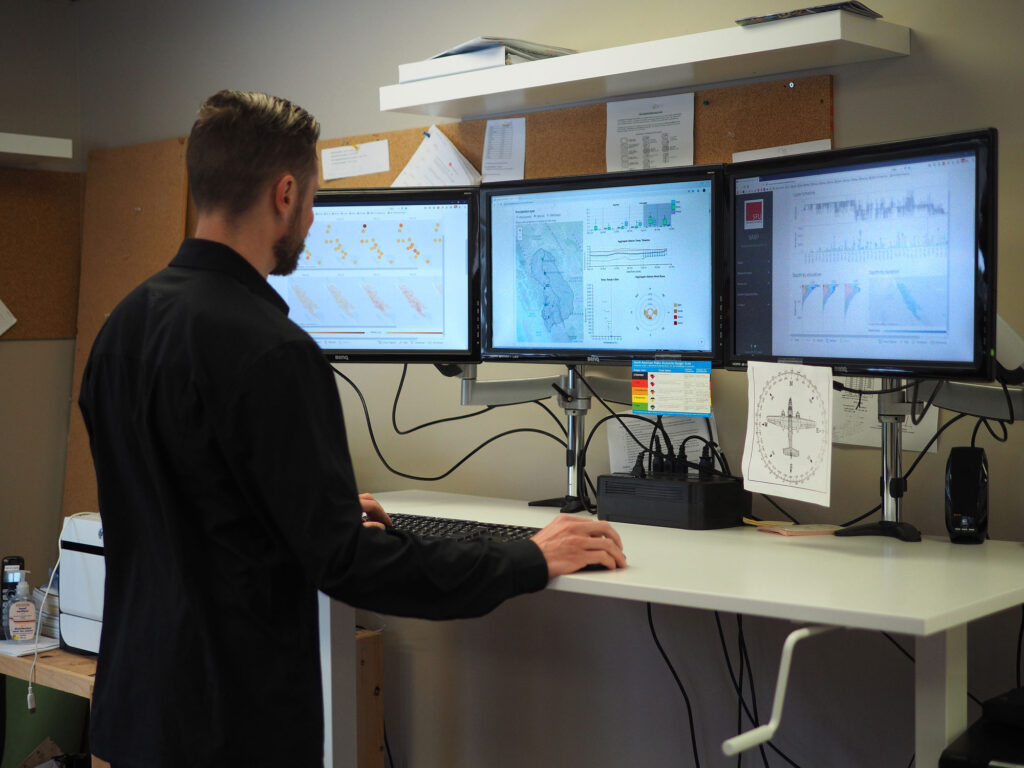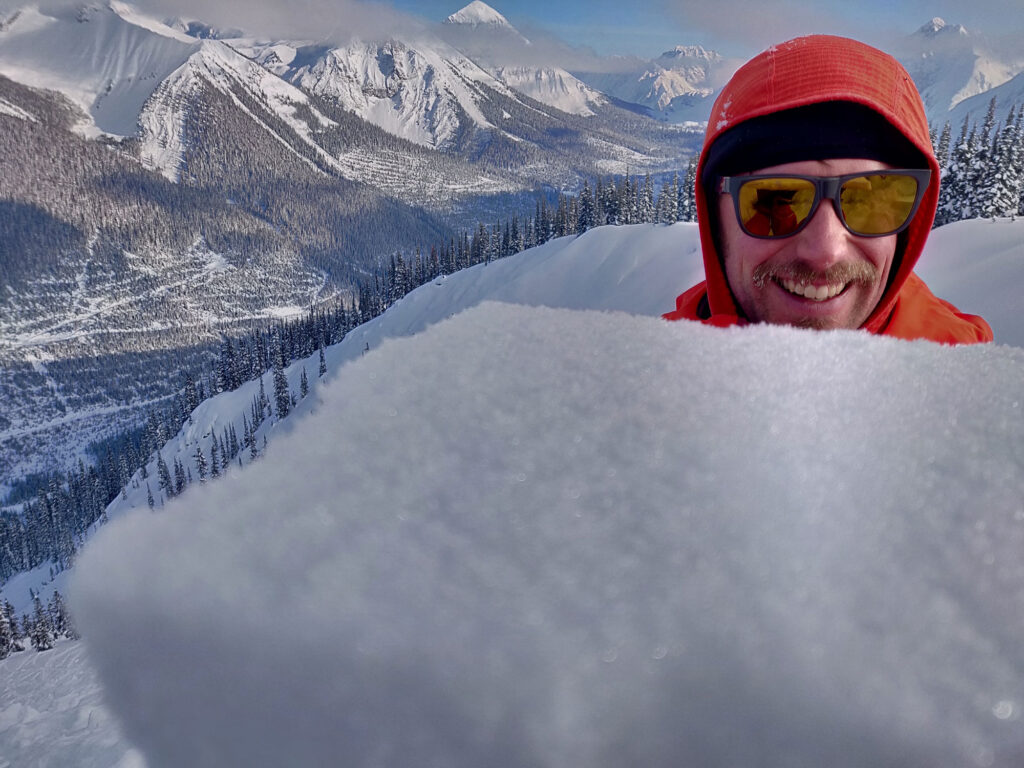The Changing Face of Avalanche Canada
Since 2004, Avalanche Canada has been one of the most specialized public services in the Great White North. It’s a nonprofit, non-governmental organization that seeks to keep people out of avalanches—that simple. Even though the task is anything but. As snow science has advanced, along with the public’s interest in wild, snowy places, the organization has had to adapt to changing cultural, environmental, and technological pressures at blistering rates. And from the beginning, Karl Klassen has been the guy leading that charge.
As Avalanche Canada’s warning services manager and head of forecasting, Klassen’s duty was to make sure the organization was both as responsive and forward thinking as possible. On the heels of that work, avalanche fatalities in Canada have plummeted while backcountry use has skyrocketed. Places like Sweden, Switzerland, and Colorado all look to Avalanche Canada as a world leader and work closely with them to develop protocols. That’s why, after over 35 years in the business as both a ski guide and forecaster, Klassen’s shoes will be hard to fill as he now eases into retirement.
In the wake of his departure, Avalanche Canada has had to re-examine what, in essence, it is. And it’s come to the conclusion that, when it comes down to it, it’s a communications company—disseminating digital information to the Canadian public. But it’s also a tech company, because it’s a global leader in developing the technology through which forecasts are delivered.
“I think, for the longest time, Karl Klassen was really inhabiting two spaces,” Grant Helgeson, who’s been with Avalanche Canada since 2011, explains. “One of those was operations manager, and one of those was product manager.”

A well-coiffed, transplanted Montanan who’s been working as a Canadian forecaster for the last 15 years, Helgeson has now taken over all that development work for Avalanche Canada as the product manager, and he is now Klassen’s spiritual heir as the face of the organization. Meanwhile, James Floyer—a forecaster since 2008 who holds a PhD from the Applied Snow and Avalanche Research program at the University of Calgary—has stepped up as the program director and absorbed the other half of Klassen’s duties.
“When we were in those situations where we had a lot of media presence and it was all hands on deck, Karl was often the one talking to the media because all the forecasters were writing the forecasts,” Helgeson says. “He’d come into the room, get the snapshot, and then go and be that spokesperson with the media. And there’s no doubt when it’s going off that’s going to be a big part of my role, too.”
But, more importantly, Helgeson is now part of an all-new restructured organization. That means he gets to focus completely on projects he only used to be able to do off the “side of his desk.”
“We’re entirely internet-based, and it’s time to start thinking like a tech company,” he says, noting that when he first started, he would phone forecasts into a 1-800 number. Now he’ll be overseeing the implementation of 100 new forecast regions, up from 20, that are modeled dynamically through a software called Avid. Ultimately, the goal is to deliver more precise, easier-to-understand information to the public.
“We have a lot more people using the products [nowadays], but it’s hard to know how well they’re doing overall because nobody knows how many people are recreating out there,” he says. “A better measure for success is whether people can understand the products. And right now, we know a lot of people can’t. That’s from research through Simon Fraser University.”

The Avid software will allow users to see “like snowpacks”; formerly static forecast regions will be grouped together in a kind of heat map that shows the spatial variation and distribution of problems. It will be a less generalized forecast across vast, fixed regions. The presentation of that to the public will be distilled into comprehensible map structures, which Avalanche Canada hopes will ultimately lead to better decision-making for backcountry users.
“I’ll use the example of something like [the online software] Wealthsimple,” Helgeson explains. “It’s an investment tool, but they’re not teaching you all the metrics associated with investment. They’re not saying, ‘OK, here’s the rate of depreciation, here’s the need to be high, here’s need to be low.’ You’d have to go and read an investment textbook to then go and use that product. What they do is help you make risk-based decisions.”
Though this will be the first real test season of Avalanche Canada’s new platform, it’s promising enough that other organizations like Parks Canada will also be adopting it this winter.
“I think what’s going to help the forecasters is all the tools that are being developed for them,” says Gilles Valade, Avalanche Canada’s executive director. “And it’s not something that the public sees, because it’s behind the scenes in terms of the technology and the tools that we’ve developed for them to make it easier to do their jobs. And not just easier, but to do it better and have a better product for the public.”
Delivering on those ideas is Helgeson’s job right now, and he seems to be extremely well-suited for the task.

“Ultimately, it’s a product that I really believe in. I know we can continue to improve it. And I think we can make better public safety products for our users across the board in Canada. And that stuff is going to spread throughout the world as well. It’s an exciting time to be the captain of the development ship in that way. It’s so fun to sit down with something this complex. I work to two-hour DJ sets and just go into the flow state—I can just do deep work. I can turn off email and produce products.”
Helgeson cites Klassen’s own work ethic as a key inspiration and posits that his legacy is one that demands a passion for public safety and an incredible depth of knowledge—which Helgeson is honored to carry forward. He’s also quick to note the developers working at Avalanche Canada are its absolute lifeblood in this regard.
From Valade’s perspective, though, Helgeson brings a cross-section of skills that are nearly unique: He has a proven business acumen, an ability to effectively manage projects, and a deep knowledge of forecasting.

“He’s very dynamic. Grant is very energetic, very outgoing,” he says. “[A lot of what he’s working on] is too complicated for guys like me to get into the weeds and understand. But Grant understands that stuff. And he’s still young, so he’s got quite a few years ahead of him at Av Can, and it’s looking great for the future.”
Matt Coté is a writer and editor who calls Revelstoke, B.C., home. He generally muses about things that happen in the mountains, which have occupied a central place in his life since he was a little kid. He’s a devout Canadian, and his spirit animal is Justin Bieber.



